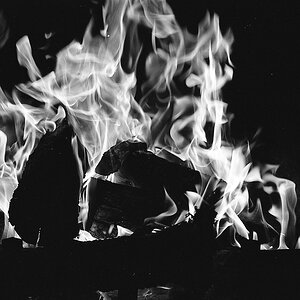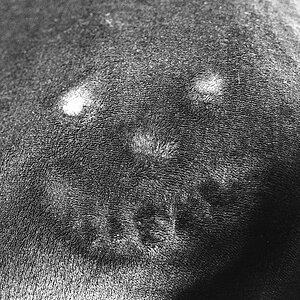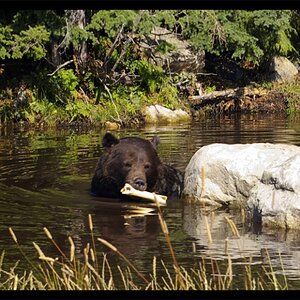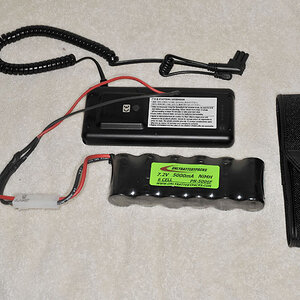Ysarex
Been spending a lot of time on here!
- Joined
- Nov 27, 2011
- Messages
- 7,139
- Reaction score
- 3,701
- Location
- St. Louis
- Can others edit my Photos
- Photos OK to edit
Which is why if you move the file without using Lr's Library module, Lr no longer knows where the file is.
So moving a step further on this, if LR no longer knows where the file is, does that mean that the parametric processing completed on that image is lost?
Probably not but you do bring up another twist to all of this. If you import raw files into LR and convert to DNG (not recommended) then the parametric processing will be saved in the DNG file and can't get lost. If you keep your raw originals then LR and/or ACR will save a sidecar file with the extension .XMP to store the parametric processing instructions. Both Photoshop and LR know enough to move the .XMP along with the raw file when the user moves the raw file from inside Bridge or LR. So in fact does the Apple OS if I'm not mistaken. Windows unfortunately will leave the .XMP file behind unless you specifically move it along with the raw file.
What you bring up with this question is the proprietary nature of raw files and raw file processing. Once you process a raw file in LR or PS for that matter you can't open that file w/processing in say DXO, or Capture One. Nobody's raw converter is going to read the competitor's parametric processing instruction file. So when you select a raw converter to work with it's a marriage without option for divorce as far as processed images are concerned. This can create uncomfortable situations should a young, attractive new raw converter come along and tempt you. Or a new camera.
Joe



![[No title]](/data/xfmg/thumbnail/36/36602-3001bbe07fa5517ccd4b03e049c7b844.jpg?1619737642)









